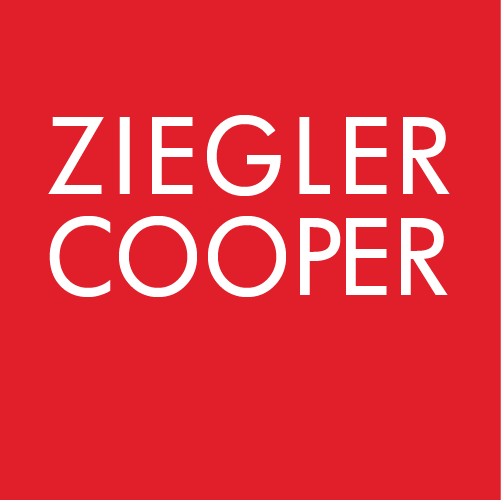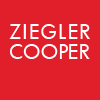Team Member Q&A: Stephanie Kaup
Q: You wear multiple hats in your studio. We usually think of you as the talented designer of numerous churches, schools, and civic buildings. But you also manage many of those projects as well as spearheading several studio marketing & mentoring initiatives. How do you accomplish so much, so well?
SK: I think it has a lot to do with keeping a focus on an overall goal to serve, clients and team members – trying to be as flexible as possible and filling in as needed. There cannot be too small of a role in order to meet the needs that keep projects and the studio functioning well. I like being able to wear multiple hats to increase my knowledge of all aspects of the business of architecture. Every aspect is important, from getting to know the clients and starting projects off, working with teams of engineers and contractors, being a part of the back-of-house functions like marketing and accounting, and finally seeing the clients dedicate and enjoy the new spaces created.
Q: To be such a well-rounded and talented professional is not a trivial thing. These things are not taught in architecture school. How important is it to mentor and encourage up-and-coming architects – not just in design – but all aspects of the practice of architecture?
SK: I had incredible mentors when I got out of college. They each had their own skill set and were eager to share their expertise and include me in every facet of the architecture process. College projects were often void of the constraints of budgets, codes, and team coordination, and this wide-eyed gal received an education of the practical and unglamorous but necessary side of architecture.
Of course, the mentoring process is incredibly important to develop the individual, but it is equally important to recognize their strengths and interests and allow them to question entrenched systems to spark innovation. The freedom to converse and allow interns to be involved in the whole process builds a cohesive and efficient studio unit.
Q: What aspect of your work do you find most enjoyable, and why?
SK: Master planning because it allows me to dwell on the hope and promise of the ministries that the church wants to provide for and serve in their community. At this part of the process, we have learned the church’s needs, desires, and purpose, and we look out 20+ years exploring possibilities of how the campus can function well and inspire. Providing multiple options to a committee then often results in enthusiastic feedback and collaboration producing outstanding unique designs.
Q: Clients have said that they appreciate how well you have listened to their needs and challenges and have provided solutions that go above and beyond their expectations. Can you talk about one of the biggest project challenges that you have needed to solve and how it was overcome?
SK: St. Paul the Apostle in Nassau Bay, I recall, needed a new church that would reflect the community that they serve – they are just blocks away from the Johnson Space Center – but as we toured their facility and received feedback from surveys of their parishioners, we found that they also needed a better way to navigate the maze of corridors that were created as the existing facility had been added onto over time. New staff spaces had been carved out all over the facility, even into closets. This had created a challenge in communication and wayfinding, and a significant problem with security, particularly with their pre-school program.
We therefore positioned a new church in such a way that it created a “main intersection” as a grand Narthex to become a fellowship space and help orient visitors. Security doors were added to the corridors from the Narthex to restrict access when needed. For the disconnected offices, we created an Administration wing with its own secured reception area and easy access to the church.
I loved the opportunity to not only design a gorgeous worship space that expressed their community’s interstellar culture, but also to dig in deeper to what was thought an unsolvable inconvenience, and finally to present a beautiful, functioning solution.
Q: When you aren’t at work, or thinking about work, what is your favorite thing to do to relax, recharge, inspire yourself?
SK: I design and plan, even in my free time, anything that I think could functionally improve someone’s way of life. But when possible, I like to unplug and get back to nature taking my family camping across Texas and Colorado. My son has developed this same passion and this summer we are planning to backpack and climb a few of Colorado’s 14ers, deep in the San Juan National Forrest. I hope to see beautiful vistas of untouched wilderness, more goats than humans, and no concrete.


